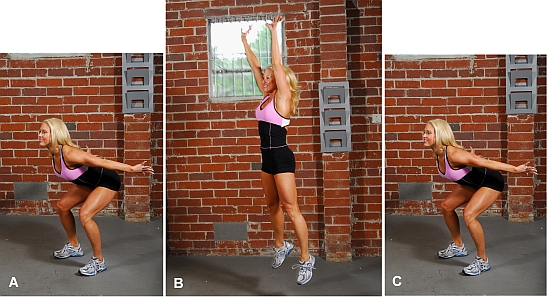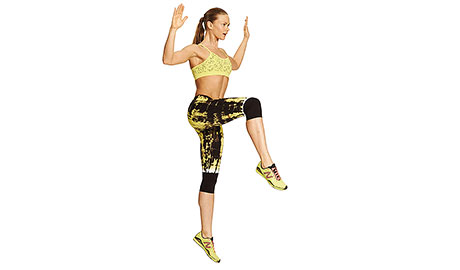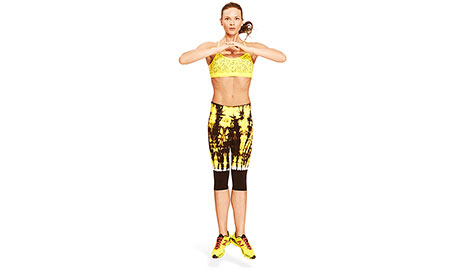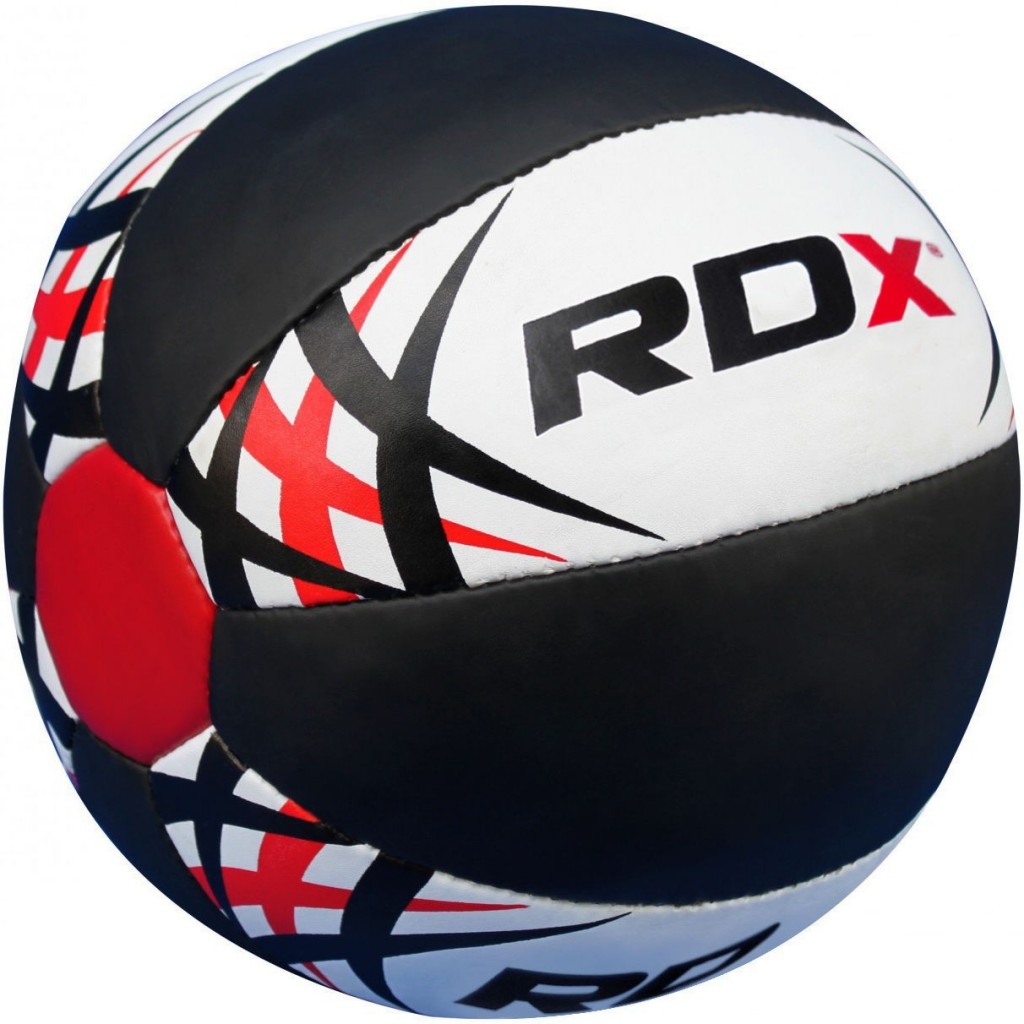Blast Your Body Fats With Plyometric Workout
Zumba Fitness: Fun Yet Effective Workout Plan
March 24, 2015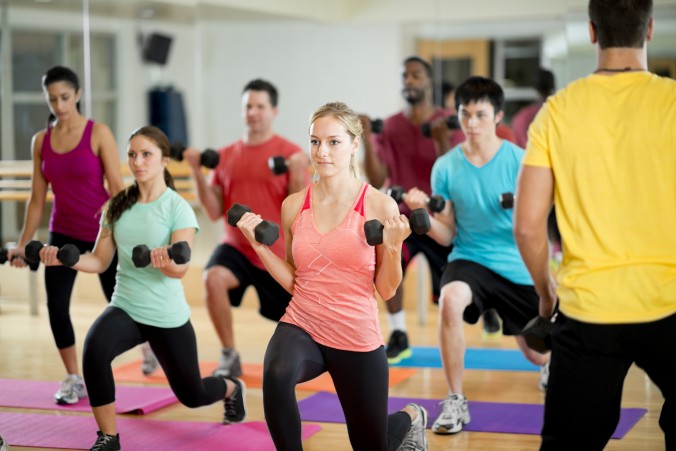
Build Strength and Endurance from Boot Camp Workout
March 26, 2015Speed and endurance are the most significant ingredients of any fitness program. For quite a number of years, fitness experts and coaches have hunted to enhance power for improved performance. Jumping, bouncing and skipping have been used for long to improve strength and athletic performance. Therefore in the past few years, this particular mode of training for power gain or body explosiveness has been named as plyometric.
Plyometric is such a fitness regimen that not only blasts your fats but also offers a great enjoyable environment. It is a hot form of cardio and an addicting technique to incinerate the body calories quickly. It burns maximum amount of flabs in less amount of time by trimming the entire body from head-to-toe.
Athletes from a wide array of sports adopt plyometric to assist them reach to the ultimate physical shape. If utilized appropriately, this workout regimen can prove to be a highly effective breed of power training, particularly when merged with an apt strength practicing program.
Plyometric workout is divided into three segments:
- Eccentric phase includes the pre-loading of the agonist muscle group
- Amortization stage or transition part is the period between the concentric and eccentric segments. This time span required should be as short as possible otherwise the energy accumulated during the eccentric stage dispels thus lessening down the effects of plyometric.
- Concentric stage or take-off stage utilizes the accumulated energy to enhance the force of the movement.
Muscle Mechanism:
The maximum force that a muscle can produce is acquired during the rapid eccentric contraction. However, it should be understood that muscles rarely do one type of shrinkage in isolation during athletic movements. When a concentric tightening happens (muscle shortens) rapidly subsequent to an eccentric contraction (muscle extends) then the force produced can be dramatically augmented.
When the muscle extends, a lot of energy is needed to extend in the form of heat but some of the energy can be stowed through the elastic elements of the muscle. This deposited energy is accessible to the muscle only during a subsequent shrinkage. It is important to know that this energy enhancement is vanished if the eccentric contraction is not pursued instantly by the concentric contraction. To indicate this force, the muscle must shrink within the possible shortest time span. The entire procedure is commonly recognised as the stretch restriction series and is the basic process of plyometric exercise.
Select The Technique That Go Well With The Sport:
The prime technique of any conditioning plan is its explicitness. It means that the workout an athlete pursue in training should relate as closely as possible, the movements he is following in rivalry. For rugby player, training for the line out or a volleyball player who wants to enhance his jumping height should go for drop jumping or box jumping. However, for the javelin thrower focusing on acquiring more volatile power, the upper body plyometric movements will be more helpful.
The Klatt Analysis:
Prior to indulging into plyometric plan, it is good for an athlete to undergo the Klatt examination. This analysis involves a few fundamental plyometric exercises, if an athlete is unable to perform it, it can be assumed that he has no aptitude to go for plyometric program.
Plyometric Workout Moves:
Here are some instances of lower body and upper body plyometric workout regimens:
Lower Body:
Drop Jumping:
This specific workout regimen includes the athlete dropping to the ground from a higher podium and then instantly jumping up. The falling down allows a pre-stretch to the muscles of legs renowned as eccentric stage and the energetic up-jump is known as the secondary concentric contraction stage. This up and down movements in plyometric exercise is more effective as the feet are in contact with the ground for shorter time period. The loading in this workout is ruled by the altitude of the fall that is performed in the area of thirty to one hundred and ten cm. Plyometric drop jumping exercise is rather high impression workout regimen and would generally be presented after the athlete had adapted to lower influence substitute, like two-footed jumping on the spot.
The two basic attributes of drop jumping are the less contact time with the floor and the height accomplished in the up-jump. According to a fitness instructor, Schmidtbleicher, a floor contact time <0.25 seconds shows a rapid stretch-shortening cycle (SSC) and to modify the drop altitude to achieve this contact time. If contact rugs cannot be accessible to measure the contact time then try to observe the exerciser’s feet. At the point of landing the exerciser should stay on the balls of the feet (mid-foot). If the heels land on the floor then the drop altitude requires to be constrained. Begin at a drop altitude of 30 cm and expand the drop height by 15 cm.
The reactive strength index (RSI) was planned to evaluate the interface of the contact time and the jump altitude in order to observe the growth of volatile strength. RSI is evaluated by dividing the height jumped in meters by the floor contact time in seconds.
Note: Find the best and Top Quality Fitness Gears & Equipment Here.
Various fitness experts advised the basic training themes for the drop jump are:
- Lessen down floor contact time – visualise the floor is a hot surface
- Keep your legs firm on landing
- Reduce the flexion at the knee and hip during landing
- Land on the mid-foot under your hips
- Maximize the altitude you jump – try to keep that distance as high as possible
Bounding and Hurdling:
If onwards movement is the name of your game, try some bounding. This is a practise of plyometric workout where huge paces are utilized in the running action and more time consumed in the air. Two-legged bounds lessen down the influence to be suffered but in order to boost up the strength, one legged bounding or hopping can also be utilized. Bounding upstairs is a perfect mode to work on both the upright and parallel feature of running movements. Several jumps over a sequence of hurdles are extremely treasured for the athletes who practice for sprinting or jumping events.
Instances of lower body plyometric workouts with strength level:
- Jumps performed while standing on the spot are less intensity exercises – tuck jumps and split jumps
- Jumps from standing are less to medium intensity – standing extended jump, standing hop, standing jump for altitude
- Several jumps while standing are average strength – bounds, bunny hops, double footed jumps over less obstacle, two-footed jumps up steps
- Several jumps while running are high strength exercises – eleven stride run + two hops and a jump into sandpit, two stride run in + bounds
- Depth jumping very high strength workout – jumps down and up off box, bounding up hill
- Eccentric fall and hold drills is a very high aptitude exercise which involves hop and hold, bound/hop/bound/hop over thirty meters then drop and hold from a height more than one meter
Upper Body:
Lots of drills can be utilized to build more strength to upper body:
Press-ups and hand clap:
Press-ups with a hand claps is a specified energetic mode to strengthen the arms and chests. The pre-stretch can be carried out when the hands reach back on the floor and the chest sink. This step is tailed by the explosive upward movement. Once more, to acquire the excellent result keep the time in contact with the floor to a minimum.
Medicine Ball:
Additional ways of enhancing upper body power engaged with the throws is to lie on the floor with face up. A training workout companion then drops a medicine ball down on the chest of the exerciser, who catches the ball, this step is known as eccentric stage when instantly tosses it back which is called a concentric stage.
This is an additional increased-aptitude workout and should only be utilized after some fundamental conditioning.
Plyometric is a popular workout regimen that is followed by many athletes to enhance strength. To acquire the advantages of plyometric exercise the SSC must be involved. This needs keen devotion to the method utilized during the drill or workout. The ratio of stretch as compared to the magnitude of stretch is of utmost significance in plyometric exercise. Moreover, the coupling time or floor contact time must be as less as possible. The major challenge for you as a trainer or an exerciser is to pick or form a movement that is particular to the event and includes the appropriate muscular move. As you keep in mind the specificity that there is a pre-stretch first then the only boundary is your mind’s eye.


